By Beata Bruggeman-Sekowska
When you are in the capital city of Poland Warsaw you definitely cannot miss Marszałkowska Residential District (MDM) and the Constitution Square, which will bring you back in the communist times.
When the construction of the Warsaw W-Z route was successfully completed in 1949, the communist authorities intended to create a flagship investment in the capital, such as Gorky Street in Moscow or Stalinallee in East Berlin. In the center of Warsaw, area of Koszykowa and Piekna Streets, a square was designed as the place where the First May Day parades would end. As the construction of numerous communist buildings was met with reluctance by the inhabitants of Warsaw, the new investment was named Marszałkowska Dzielnica Mieszkaniowa (MDM) to emphasize its purpose- a monumental housing project for workers. The area covered by the project stretched along Marszałkowska Street from Wilcza Street to Unii Lubelskiej Square.
Designing was in the hands of an experienced team of architects of the W-Z route, Józef Sigalin and Stanisław Jankowski and Jan Knothe, Zygmunt Stępiński. The investment was publicized under the slogan “the people will enter Śródmieście”. ( central district of Warsaw)
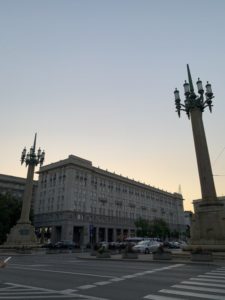
MDM and Constitution Square
MDM was a large socialist realist residential complex built in 1950–1952 consisting of six and seven-story buildings which was supposed to house 45 thousand workers and their families. Its central point was the Constitution Square constructed on the Marszalkowska street. It was the main architectural socialist realist investment in Warsaw together with the Palace of Culture and Science in 1949-1956 and was named after the Stalinist constitution which was adopted in occupied by communists Poland in 1952. On the corner of Marszałkowska and Waryńskiego Streets, the MDM hotel was built, and parallel to it three large candelabra. The hotel was the first hotel erected after the war in rebuilt Warsaw.
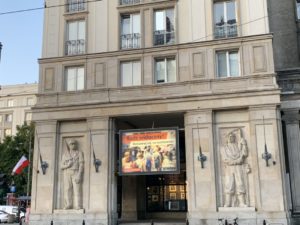
Constitution Square, MDM, photo ©Beata Bruggeman-Sekowska
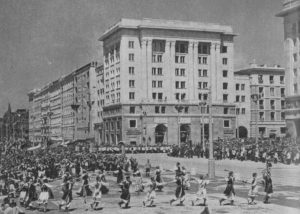
Commissioning of MDM and Plac Konstytucji on July 22, 1952, author unknown, public domain. Source: Karol Małcużyński, Szkice warszawskie, Książka i Wiedza, Warszawa 1955, photo between pages 136 and 137 https://commons.wikimedia.org/wiki/File:Oddanie_do_u%C5%BCytku_MDM_i_placu_Konstytucji_22_lipca_1952.jpg
Socialist realism
The socialist realism in architecture since 1949 was characterized by monumental buildings and their abundant decor. On the ground floors of the buildings, wide arcades and often excessively high service premises have been designed. There are dozens of sculptures and bas-reliefs depicting representatives of the leading working class. The walls are clad with sandstone and polished granite slabs. The buildings were crowned with huge cornices and attics. Plac Konstytucji was also inspired by the designs of Jan Heurich junior, the creator of the Raczyński (Krasiński) tenement house at Małachowski Square or the building of the library at Koszykowa Street.
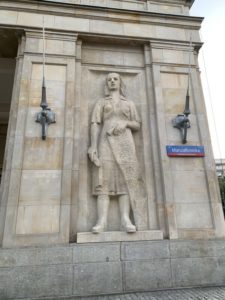
Neonisation
Socialist realism, with his typical passion for figurative representations, soon collapsed and Warsaw lit up with neon lights. The neon signs were to represent soft and colourful projections of power and the obvious propaganda ambitions. In 1955, the Ministry of Internal Trade established set of rules concerning the neon signs and the era of ‘neonisation’ began. On Constitution Square there were quite a few neon signs : neon of a store with musical instruments, Szanghaj restaurant, Cepelia shop, neon signs with ads for Soviet watches, LOT and KLM airlines, Foton photo papers, and volleyball player.
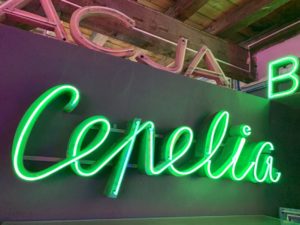
Neon signs from the MDM, now are located in Neon Muzeum photo ©Beata Bruggeman-Sekowska
Solidarity
This socialist and popular square has also become a setting for momentous political changes. One of the premises housed the “Niespodzianka” (Surprise) cafe, famous for the fact that in 1989, during the first partially free elections after the Round Table talks, the election staff of the “Solidarity” Civic Committee was located here. In April 1989, the pre-election atmosphere became more and more tense. Jan Lityński, newly appointed chairman of the Warsaw Citizens’ Committee, was responsible for finding a seat for the committee’s activities. To his great surprise, the city authorities offered him a café ‘’Niespodzianka’’ situated in the central part of Warsaw, MDM – one of the symbols of communist Warsaw. Niespodzianka was closed shortly before and had a bad reputation as it had been visited by illegal money changers and prostitutes. The new office after all the alterations and cleaning was open 24 hours a day and attracted people. It was always crowded. At the peak of the campaign it is believed as many as fifteen thousand people had contact with the Solidarity members every day in various forms.
Photos: ©Beata Bruggeman-Sekowska
Source: The article has been first published by Central and Eastern Europe Center Communications-Unlimited.nl https://www.communications-unlimited.nl/mdm-and-constitution-square-in-warsaw-remnants-of-communist-past-and-witness-of-freedom/

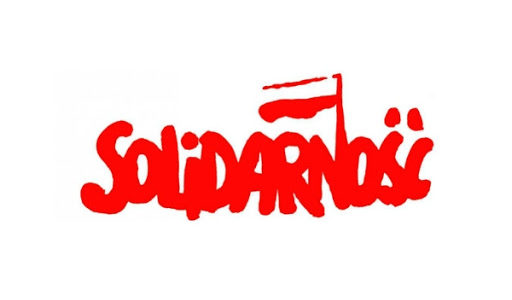
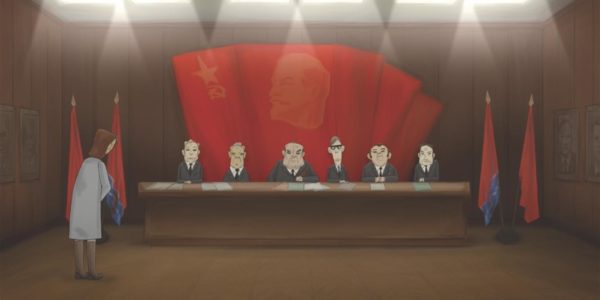
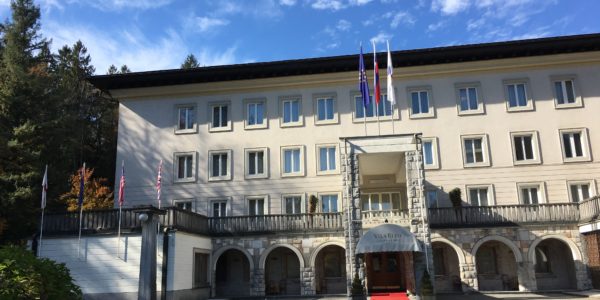
Follow Us!